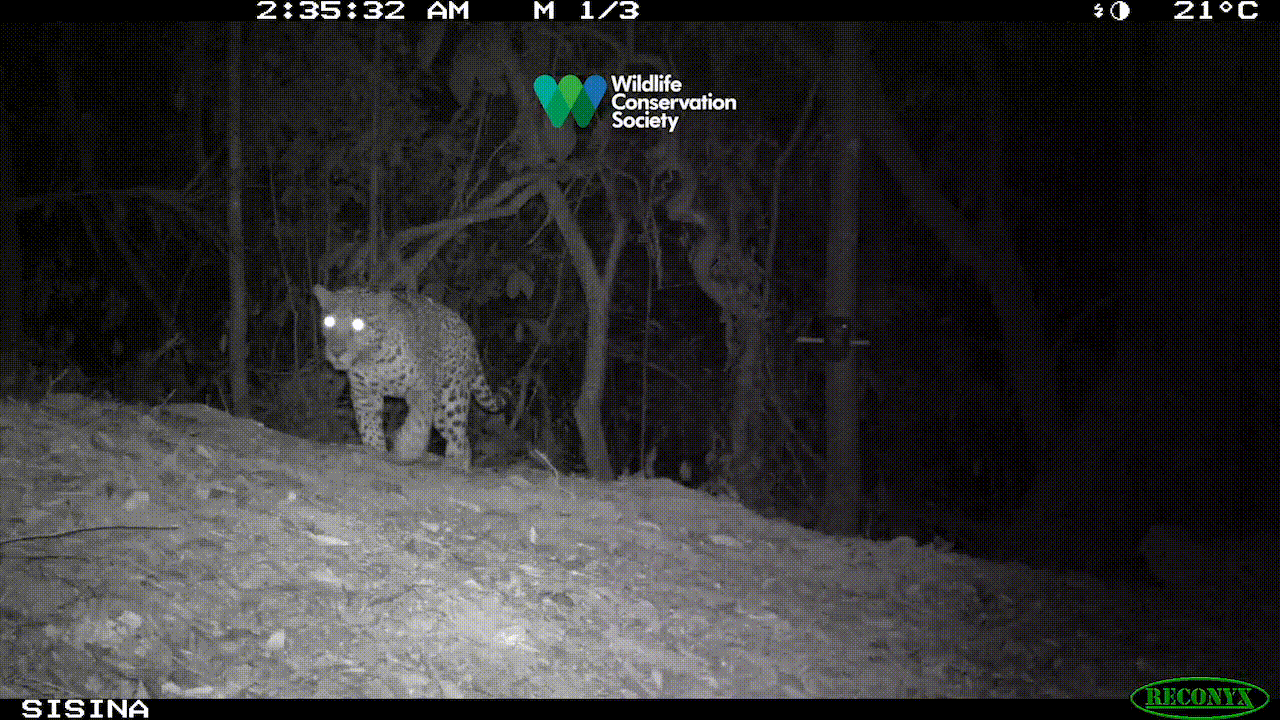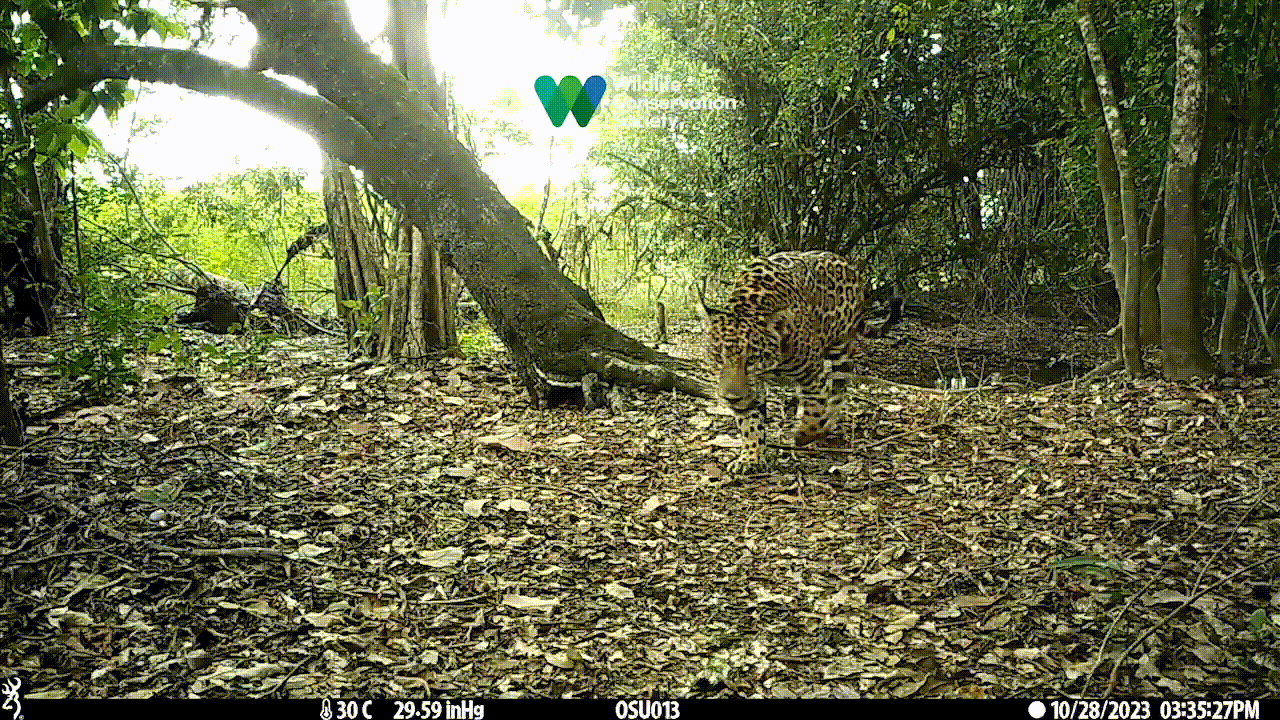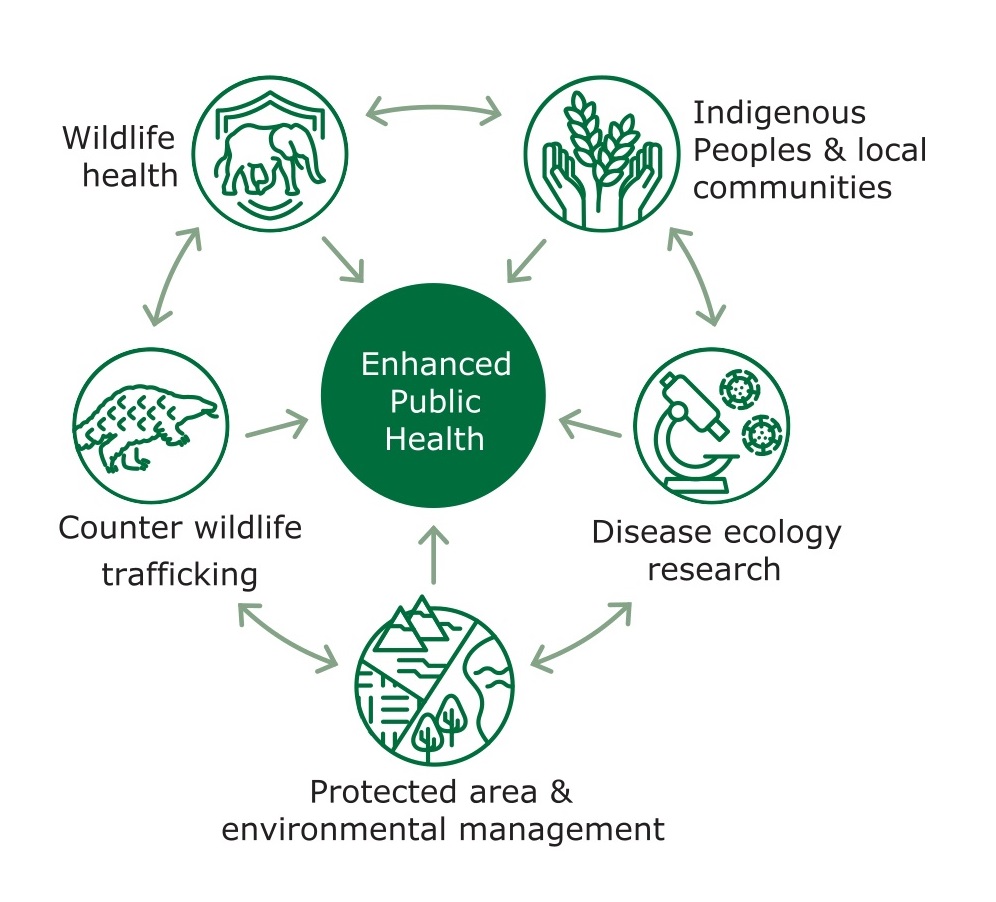Jaguar populations in Mesoamerica face critical threats. The destruction of their natural habitat, driven by illegal cattle ranching and the trafficking of jaguar parts, endangers the survival of these majestic felines.
The native cultures of Mesoamerica attributed a symbolic value to the Jaguar, related to the earth, water and fertility, and was a representation of the gods. The oral traditions of the native communities of Mesoamerica related the jaguar to their ancient kings, mentioning that in the funeral ceremonies of their kings, these returned transformed into jaguars, or mentioning that their spiritual leaders were transformed into black jaguars, also known as panthers, and that they still roamed together in the depths of the forest. The traces of the jaguar king in the indigenous cultures of Mesoamerica are as clear as the traces they left in their different and sophisticated artistic expressions.
The stories of pre-Columbian cultures and present-day indigenous communities highlight the importance of the jaguar, its prey and the natural forest to their lives. Just as humans need a home, food and a pleasant place to live, the jaguar has its home and food in the forest, away from human presence. Being the king of the forest, it is the top predator, it can take whatever it wants and feeds on wildlife.
 Jaguar captured on camera trap in La Moskitia, Nicaragua. Video by WCS.
Jaguar captured on camera trap in La Moskitia, Nicaragua. Video by WCS.
Threats
Currently, the increasing presence of cattle ranches and hunters are destroying the jaguar's home and eliminating other wild animals, such as wild boars and deer, which are their favorite prey, leaving the jaguars without food. This forces them to look for their prey outside the forest, and the first thing they find are dogs, pigs and cattle, generating conflict between humans and jaguars.
In the maya forest, the hunting of jaguars has reached devastating proportions, in order to commercialize their teeth, claws, skin and skull. This is driven by market demand for handicrafts, jewelry and souvenirs for tourists, stripping the jaguar of its ancestral symbolism, and unleashing a spiral of threats to its existence.
Among the great challenges to conserve jaguars in Mesoamerica is to control illegal cattle ranching to maintain the ecological integrity of the 5 Great Forests, reduce hunting of forest animals and jaguar-human conflict. Among the tools to improve jaguar conservation in Mesoamerica is the implementation of human practices that encourage the restoration and connectivity of regional natural ecosystems.
Jaguar populations are recovering in forest concession areas
In Guatemala, camera trap records indicate that jaguar populations are recovering in forest concession areas and restoration plots, as is being demonstrated in the Corona-Morgan Community Concession. This concession includes 37,666 hectares of forest and wetlands, and is located near one of the most difficult deforestation frontiers in the Maya Biosphere Reserve. This makes it clear that to conserve wildlife it is necessary to strengthen the capacity of communities to protect forests and wildlife, using biological monitoring as a tool.
 Jaguar captured with camera trap in the Maya Biosphere Reserve, Guatemala. Video by WCS.
Jaguar captured with camera trap in the Maya Biosphere Reserve, Guatemala. Video by WCS.
The jaguar, an indicator of ecosystem health and fundamental to human health
The jaguar is the top predator in the tropical ecosystems of the Americas, regulating the populations of other wildlife species, eliminating old and sick animals, and thus maintaining healthy population structures of wildlife species. This role of the jaguar has direct implications for human health, reducing the likelihood of transmission of zoonotic diseases affecting humans. The protection of the jaguar, and other wildlife species, is an important component of a global public health strategy in the prevention of emerging health risks that threaten human populations, as was the case in recent years with the COVID-19 pandemic.
 The 5 Great Forests of Mesoamerica initiative supports various Jaguar conservation processes: protection and monitoring of natural forests, restoration of suitable habitat for jaguars, livelihood support for human communities around the forests to improve their economic income in exchange for conservation and restoration commitments.
The 5 Great Forests of Mesoamerica initiative supports various Jaguar conservation processes: protection and monitoring of natural forests, restoration of suitable habitat for jaguars, livelihood support for human communities around the forests to improve their economic income in exchange for conservation and restoration commitments.
The future of the countries of Mesoamerica is linked to the conservation of jaguars and indigenous cultures.
Together let's conserve the Great Forests of Mesoamerica!